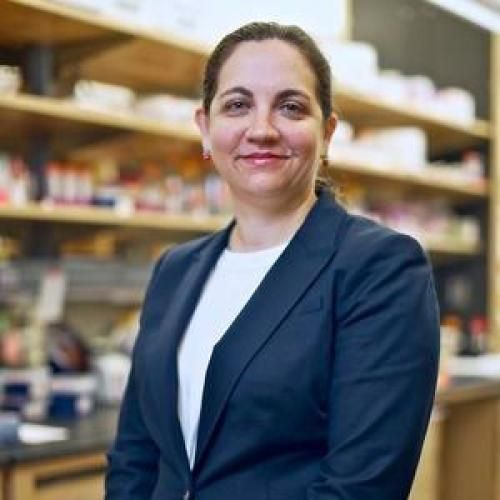
Thrombospondins 1 and 2 are necessary for synaptic plasticity and functional recovery after stroke.
Thrombospondins 1 and 2 (TSP-1/2) belong to a family of extracellular glycoproteins with angiostatic and synaptogenic properties. Although TSP-1/2 have been postulated to drive the resolution of postischemic angiogenesis, their role in synaptic and functional recovery is unknown. We investigated whether TSP-1/2 are necessary for synaptic and motor recovery after stroke. Focal ischemia was induced in 8- to 12-week-old wild-type (WT) and TSP-1/2 knockout (KO) mice by unilateral occlusion of the distal middle cerebral artery and the common carotid artery (CCA). Thrombospondins 1 and 2 increased after stroke, with both TSP-1 and TSP-2 colocalizing mostly to astrocytes. Wild-type and TSP-1/2 KO mice were compared in angiogenesis, synaptic density, axonal sprouting, infarct size, and functional recovery at different time points after stroke. Using the tongue protrusion test of motor function, we observed that TSP-1/2 KO mice exhibited significant deficit in their ability to recover function (P<0.05) compared with WT mice. No differences were found in infarct size and blood vessel density between the two groups after stroke. However, TSP-1/2 KO mice exhibited significant synaptic density and axonal sprouting deficits. Deficiency of TSP-1/2 leads to impaired recovery after stroke mainly due to the role of these proteins in synapse formation and axonal outgrowth.
Duke Scholars
Altmetric Attention Stats
Dimensions Citation Stats
Published In
DOI
EISSN
Publication Date
Volume
Issue
Start / End Page
Location
Related Subject Headings
- Up-Regulation
- Thrombospondins
- Thrombospondin 1
- Synapses
- Stroke
- Recovery of Function
- Neuronal Plasticity
- Neurology & Neurosurgery
- Neovascularization, Physiologic
- Mice, Knockout
Citation

Published In
DOI
EISSN
Publication Date
Volume
Issue
Start / End Page
Location
Related Subject Headings
- Up-Regulation
- Thrombospondins
- Thrombospondin 1
- Synapses
- Stroke
- Recovery of Function
- Neuronal Plasticity
- Neurology & Neurosurgery
- Neovascularization, Physiologic
- Mice, Knockout


